Dravidian Cuisine - Discover the History
This time Indian Food Therapy brings you the exciting story & history of Dravidian Cuisine. Fans of South Indian foods are across the globe. The extensive range of South Indian food is accepted across the generation & earned fame globally. Southern India has a deep cultural history which reflects in its cuisine. It retains many elements of ancient Dravidian culture & this article focused on south Indian food history & how the culture impacted the food habits.
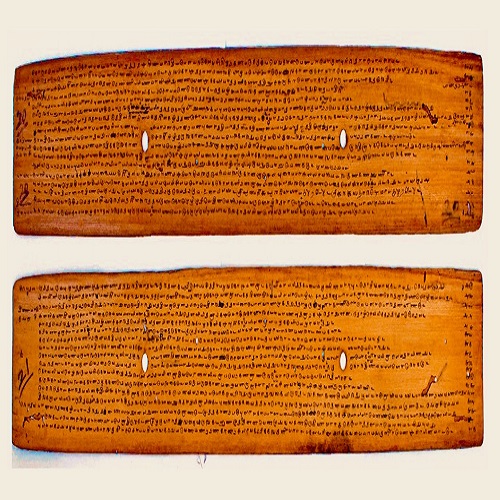
History
Dravidian family language is the oldest language in the world and consider to be existing since the Indus valley civilization (around 3300 BCE). This language is still spoken by more than 240 million people around India. The Dravidian culture refers to the south Indian states of Andhra Pradesh, Tamil Nadu, Kerala, Karnataka & Telangana. Tamil, Telugu, Malayalam & Kannada languages are the most famous & spoken by the majority. Tulu is the small literary language spoken in the Southern part of Udupi (Karnataka) & Kodava is an endangered language originally from the Kodagu district of Southern Karnataka. South Indian cuisine has been more influenced by these states & ethnic groups. Sangam Literature is the source to know the early history of the ancient Tamil country. It also lights the food habits of people during that period & how it relates to South Indian cuisine?
Sangam Literature is also known as Tamil literature (Caṅka Ilakkiyam) & it is the earliest known literature of Southern India. It is a form of the poem created by various poets & saints. The word Sangam means Association or gathering. Most scholars suggest that the Sangam literature spanned between 300 BCE to 300 CE. Sangam academy is flourished under the rule of the Three Tamil dynasties of Pandya, Chola & Chera. As per Tamil legends & scholars – three Sangams held in ancient Tamil popularly known called Muchchangam.
- The first Sangam is believed to be held at Madurai, attended by Gods & Legends Sages. No literary work is available for this Sangam.
- The second Sangam was held at Kapadapuram (the Capital city of Pandya). Only Tolkappiyam survives from this.
- The 3rd Sangam, also known as the Madurai college of Antiquity was held at Madurai. Few of the literary works have survived & are useful sources to reconstruct the history of the Sangam period.
Food Based on Landscape
The Sangam literature refers to the various references to food in ancient Tamil countries. Food was based on landscape & easily available resources.
- Kurinji – Mountain Region
- Mullai – Forest Region
- Marutham – Agricultural Region
- Neithal – Coastal Region
Palai – Dessert
Cooking Style
The cooking style mentioned in Sangam Literature is varied in different regions.
Vakkuthal
It means direct-fire cooking that was prevalent in Kurinji & Mullai Landscape.
Frying & Sun-drying
It was prevalent in Palai (Dessert) & Neithal (Coastal) region.
Steam & Boiled
This kind of cooking was done in the Murutham region (Agricultural Region). Later this style developed into an expanded cooking method.
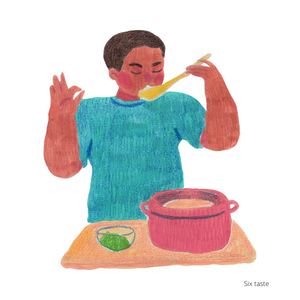
During the Sangam period, the culture had food delicacies and a particular set of cooking traditions. The six tastes of Tamils are 1. Sweet, 2. Pungent, 3. Bitter, 4. Salt, 5. Sour & 6. Astringent. These taste buds are also mentioned in the food culture of the Vedic age. Spices were used for flavoring the food. Coriander seeds, Peppercorn, jaggery, honey, tender coconut, turmeric, tamarind, mustard seeds & ghee were used in the early days of cooking.
Perumpāṇāṟṟuppaṭai is an ancient Tamil poem mentioned in Pattuppattu (anthology of Sangam Literature) is a source of cultural & sociological information about ancient Kanchipuram & nearby locations. Vedas are the religious text that originated in ancient India are recited by Brahmins. They used to eat rice, vegetables, pickles, & salad. Hunters were described as a meat-eater, Herdsmen used to consume milk and milk products, Fisherman used to eat varieties of fish with rice & Farmers ate farm produce from agricultural land. Rice was the staple food in all landscapes and was also the major part of offerings to the Gods in temples and festivals.
Ciṟupāṇāṟṟuppaṭai is another poem in Tamil mentioned in Pattuppattu anthology of Sangam Literature mentioned white rice, meat, vegetables, puffed rice, pulses, cereals, legumes, and pickles were the staple diet of people of Marutham landscape( Agricultural Field).
Poruṇarāṟṟuppaṭai ( Tamil Poem in Pattuppattu) mentioned about Kurinji people ( Mountaineers) in Chola Dynasty ate tubers & honey. Lots of poems in Sangam Literature mentioned the cultural legacy and their food habits. Vedic food is also mentioned in that.
Some Historical Dishes
Most of the South Indian food recipes still retain the zest of ancient Dravidian culture, which is unaffected by outside influence. Many dishes have been mentioned in history, are alive and the world is admiring it till today. Dosa, Idli, Uttapam, Appam, etc earned global fame & liked by all. Explore a few dishes & see how historical they are:
Dosa
Dosa ( Dosai) is a thin pancake made of fermented batter of lentils & rice. As per Sangam literature, Dosa was already in use in Tamil country around the 1st Century AD. It was a part of temple food and offered as a prasad.
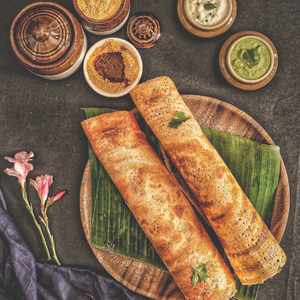
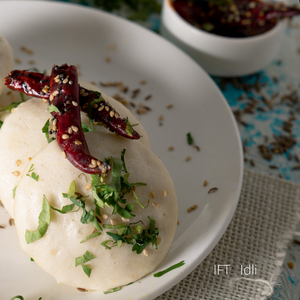
Idli
– It is a steamed rice cake made of fermented batter of rice & Black lentils. It has more than 1000 years old history. Kedli was an Indonesian dish that is very close to Idli and believed to be invented around 800 C.E. Vaddaradhane is the earliest Kannada language work by Shivakotiacharya. Iddalige (a form of Idli) mentioned in Vaddaradhane-prepared using black gram batter.
Appam
Appam is one of the famous South Indian dishes made of fermented rice batter & coconut milk. Appam is mention in Sangam literature in Perumpāṇāṟṟuppaṭai as per food historian Mr. K.T Achaya.
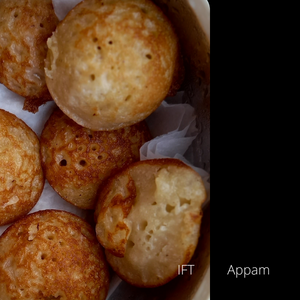
Payasam
Payasam or Kheer is made of boiling milk, rice & jaggery is mentioned in Ayurveda and it is famous as a Payas in ancient India. It is served as a Prasad in Hindu temples.
Adai
A shallow fry circlet made of a grounded batter (equal part of rice & 4 kinds of pulses). This dish is described in ‘Silappadakaram’ & Mathuraikanchi ( a collection of poems written in the Sangam Era) is still a pride of South Indian Kitchen.

Kozhukattai
Most popular south Indian dumpling made rice flour filled with grated coconut & jaggery and steamed. It is the same as modak and has a shred of historical evidence.
Kappa Rutti
It is a popular dish from Mangalore made by grinding soaked rice, grated coconut, flattened rice called poha, methi seeds(Fenugreek seeds) & salt as per taste. Traditionally it is made using clay Tawa (Griddle).
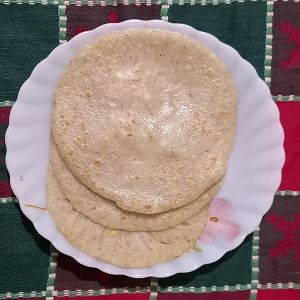
Countless ancient recipes still exist especially in the South Indian kitchen & maintained their originality. Indian history & food culture has deep roots of more than 6000 years. Lots of food history needs to bring forward to know our culture better. We are proud of our rich culture and need to gain more knowledge from our history which will lighten the whole world. We try to bring all information about the food history, culinary journey & regional recipes of India.
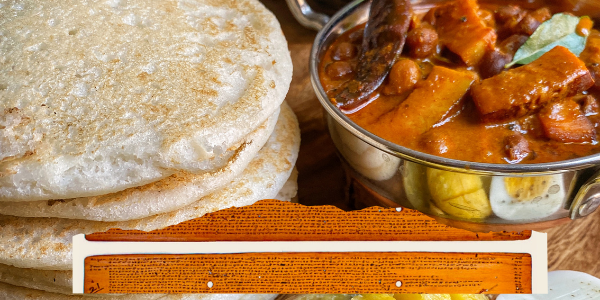
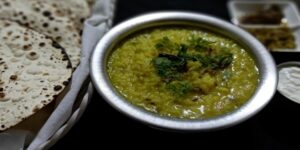
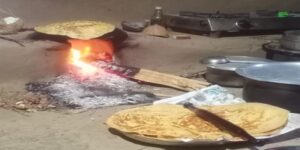
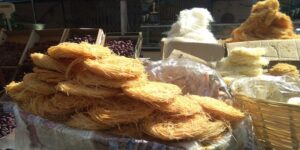
Nice and informative blog .
Nice blog about south Indian food